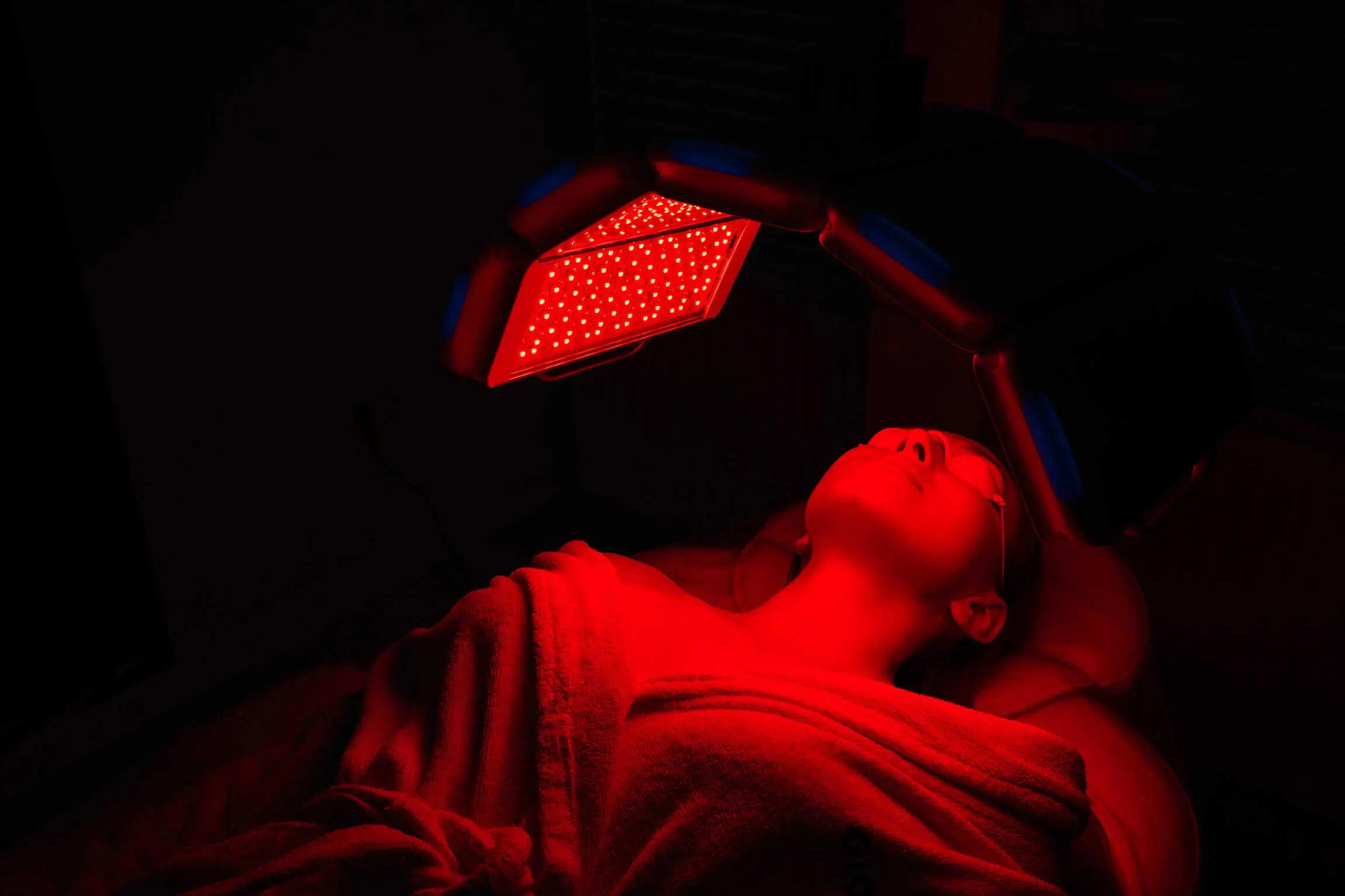Skin Cancer in New York, NY

Skin Cancer in New York, NY
Skin cancer is the most prevalent type of cancer in the United States. It occurs when abnormal cells suddenly grow in the epidermis, the skin’s outer layer. This condition is caused by DNA damage that leads to cell mutations, potentially forming malignant tumors. In the absence of treatment, certain types of skin cancer, especially melanoma, can spread to other parts of the body, including the liver, stomach, and brain. Annual skin cancer screenings are essential for early detection and treatment.
Causes of Skin Cancer
Skin cancer is primarily caused by DNA damage from ultraviolet (UV) radiation from the sun or tanning beds. This damage can lead to mutations in skin cells, causing them to grow uncontrollably. Here are some additional facts about the causes of skin cancer:
Genetic Predisposition
Individuals with a family history of skin cancer are at a higher risk.
Fair Skin
People with lighter skin have less melanin, making them more susceptible to UV damage.
Frequent Sunburns
A history of severe sunburns, especially during childhood, increases the risk of developing skin cancer.
Exposure to Certain Chemicals
Contact with substances like arsenic, industrial tar, coal, and paraffin can contribute to skin cancer risk.
Compromised Immune System
People with weakened immune systems, such as those with HIV/AIDS or organ transplant recipients, are more vulnerable.
Radiation Exposure
Previous exposure to radiation therapy for other conditions can increase the likelihood of skin cancer.
Age
The risk of skin cancer increases with age, although it can occur at any age.
Gender
Men are generally at a higher risk of developing skin cancer compared to women.
Chronic Skin Conditions
Certain long-standing skin conditions and scars can predispose individuals to skin cancer.
Frequent Use of Tanning Beds
Regular use of indoor tanning devices significantly increases the risk of skin cancer.
Types of Skin Cancer
Basal Cell Carcinoma
It is the most common and least invasive type of skin cancer. It often appears as red or pink spots that may bleed or become crusty and do not heal. This type of carcinoma grows slowly and usually does not spread beyond the skin’s surface.
Squamous Cell Carcinoma
This is another common type that can spread to other body parts. It typically presents as scaly, crusty bumps on the skin that may occasionally bleed. Though it grows slowly, it requires attention to prevent spreading.
Melanoma
The most severe form of skin cancer is melanoma. It can develop suddenly or gradually as a mole or freckle and is highly invasive. Melanoma often appears as a brown, tan, black, red, or white blemish. Individuals who burn quickly in the sun are at higher risk, but melanoma can also affect those with dark skin.
Skin Cancer Screening Procedures
If you are concerned about a mole, freckle, or blemish, scheduling a skin cancer screening is vital. During the screening, a provider examines your skin for signs of cancer, including asymmetry, border irregularity, diameter more significant than a quarter-inch, and any evolving marks. If a suspicious area is found, a biopsy may be performed, where a small portion of the skin is taken and sent to a lab for testing. Screenings typically take about 10 minutes.
Results of Skin Cancer Screening
Results from a skin cancer screening can identify early signs of skin cancer, allowing for prompt treatment. Detecting cancer early through regular screenings greatly increases the possibility of successful treatment and can prevent the spread of cancer to other parts of the body.
Benefits of Skin Cancer Screening
- Early detection of skin cancer
- Improved treatment outcomes
- Prevention of cancer spread
- Identification of abnormal skin changes
- Peace of mind
- Personalized care plan
- Quick and painless procedure
- Regular monitoring of skin health
- Reduced risk of advanced skin cancer
- Access to professional dermatology care
Frequently Asked Questions
Skin cancer results from the uncontrolled growth of skin cells. It is usually caused by DNA damage from UV radiation, leading to malignant tumors in the epidermis.
Preventative measures include wearing sunscreen, avoiding tanning beds, wearing protective clothing and hats, and seeking shade.
Symptoms include new or changing moles, spots, or blemishes that do not heal, have irregular borders, are asymmetrical or vary in color.
It is recommended to have an annual skin cancer screening or, more often, if you have a higher risk due to personal or family history.
During a screening, a provider examines your skin for suspicious marks or moles and may perform a biopsy if necessary. The procedure is quick and usually painless.
There are many treatment options available depending on the type and stage of skin cancer, and they can include surgical removal, radiation therapy, and topical medications.
In order to get an early diagnosis and treatment of skin cancer, schedule your annual screening with Park Plaza Dermatology in New York, NY. Book an appointment by phone or online today.
